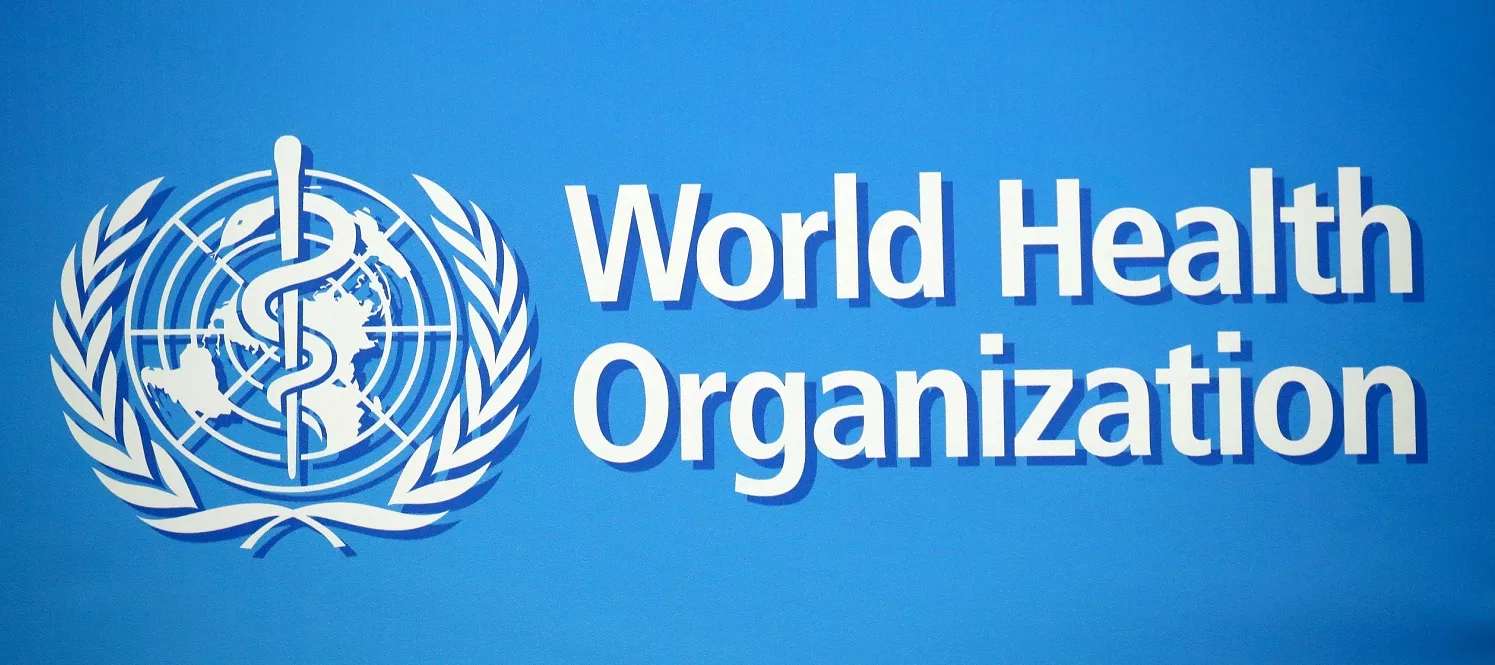Hemostat Market Valued at USD 54.1 Million in 2015, Poised for 5.8% CAGR Growth by 2025
The is witnessing steady growth due to its pivotal role in modern surgical procedures. Hemostats are essential tools in surgeries that help control bleeding, thus contributing to improved surgical outcomes. These medical instruments are designed to clamp blood vessels and minimize blood loss, and they are extensively used across various medical specialties, including cardiovascular, orthopedic, neurological, and general surgeries. As healthcare providers increasingly emphasize patient safety and operational efficiency, the demand for advanced hemostatic products continues to grow, reinforcing the market’s expansion.
In 2015, the Indian hemostat market was valued at USD 54.1 Mn and is expected to expand at a CAGR of 5.8% over 2016-2025. This expected growth is attributed to advancements in hemostat products and increasing adoption of hemostat products by medical practitioner and surgeons, fuelled by an increase in number of surgeries and trauma cases across the country.
In recent years, there has been a notable shift toward minimally invasive procedures, and this transformation has significantly influenced the hemostat market. Modern hemostats are engineered to meet the specific needs of these surgical techniques, offering enhanced performance with lower risks. Healthcare facilities across the globe are rapidly adopting these solutions to meet the growing expectations of improved patient care, faster recovery times, and reduced hospital stays.
The hemostat market is being shaped by several evolving trends. One of the most prominent is the increased integration of biotechnology into hemostatic products. Manufacturers are now investing heavily in research and development to create bioactive and synthetic hemostats that offer superior efficacy. These innovative solutions not only provide faster clotting times but also reduce the chances of infection and post-operative complications, making them increasingly attractive to healthcare providers.
Another significant trend involves the growing preference for ready-to-use and easy-to-apply formulations. Traditional gauze-based hemostats are now being replaced by preloaded applicators, sprays, and gels that simplify application during complex surgeries. This shift has contributed to enhanced surgical efficiency, prompting hospitals to increasingly adopt these products. Additionally, rising awareness about surgical safety protocols is further driving demand for standardized, high-quality hemostats across medical institutions.
Despite the positive outlook, the hemostat market faces a few notable challenges. One major issue is the relatively high cost of advanced hemostatic agents. In many developing countries, limited healthcare budgets and low reimbursement rates hinder widespread adoption. Hospitals in these regions may continue to rely on traditional hemostatic techniques due to financial constraints, slowing the uptake of more advanced products.
In addition, competition among key players can make market entry difficult for smaller firms. The need for rigorous clinical trials, extensive documentation, and compliance with regulatory standards can be resource-intensive. These barriers create opportunities for collaboration and mergers between established firms and innovative startups, fostering synergies that drive growth.
On the other hand, the growing trend of outpatient surgical procedures presents a substantial opportunity. As more patients opt for same-day surgeries, the need for efficient, quick-acting hemostats becomes critical. This demand shift creates a market for lightweight, fast-absorbing, and reliable products that can be used in diverse care settings.
Regional variations significantly influence the performance of the hemostat market. North America holds a prominent share due to its advanced healthcare infrastructure, high per capita healthcare spending, and early adoption of new technologies. The region also benefits from the presence of major industry players who continuously develop and introduce cutting-edge products.
Europe follows closely, with growing awareness about surgical safety and robust regulatory support driving product adoption. Countries like Germany, the UK, and France are significant contributors to regional growth, especially in specialized surgical segments such as orthopedics and cardiovascular care.
Asia-Pacific represents a rapidly growing region for the hemostat market. The rise in chronic diseases, expanding healthcare infrastructure, and increasing medical tourism are key factors fueling demand. In addition, government efforts to modernize hospitals and train healthcare professionals are creating a conducive environment for market expansion.
Latin America and the Middle East & Africa regions also offer growth potential, especially as healthcare access continues to improve. While these areas face some structural challenges, ongoing reforms and private sector investment are helping boost demand for surgical tools, including hemostats.
The competitive landscape of the hemostat market is characterized by intense rivalry among established firms and the emergence of new players. Leading companies continue to invest in research and development to differentiate their offerings through innovative features, improved performance, and enhanced safety profiles. Mergers and acquisitions are common as firms seek to expand their product portfolios and geographical presence.
In addition to competition based on product features, companies also compete on pricing, distribution, and customer service. Strategic partnerships with hospitals and healthcare providers are increasingly being used to secure long-term supply agreements, ensuring steady revenue streams. Market leaders are also investing in educational programs and training to support adoption and correct usage of their products, which builds trust and strengthens brand positioning.
Several key players dominate the hemostat market, offering a wide range of products tailored to different surgical needs. These companies have established reputations and significant resources dedicated to innovation, clinical trials, and global distribution. Their consistent focus on expanding product lines and penetrating new markets has helped them maintain a strong foothold in the industry.
In addition to multinational corporations, smaller companies and startups are making notable contributions. They often focus on niche applications or bring disruptive technologies to market, challenging incumbents and fostering competition. The dynamic between established firms and new entrants adds vitality to the market, encouraging continuous evolution and improvement in product offerings.
The hemostat market can be segmented based on product type, formulation, application, and end-user. Product-wise, it includes mechanical hemostats, active hemostats, and combination hemostats. Each category serves different clinical needs and offers unique advantages, which cater to diverse surgical scenarios.
Formulation segments include powder, gel, sponge, and gauze-based options, each designed for specific procedural uses. Application-based segmentation spans cardiovascular surgery, general surgery, neurological surgery, and trauma care, among others. The needs of each specialty influence product choice and drive innovation in specific categories.
End-users primarily include hospitals, ambulatory surgical centers, and specialty clinics. Hospitals hold the largest share due to the sheer volume of surgeries performed. However, as outpatient procedures grow in popularity, ambulatory centers are emerging as a significant customer base for hemostatic products.
Future Market Insights, Inc. (ESOMAR certified, recipient of the Stevie Award, and a member of the Greater New York Chamber of Commerce) offers profound insights into the driving factors that are boosting demand in the market. FMI stands as the leading global provider of market intelligence, advisory services, consulting, and events for the Packaging, Food and Beverage, Consumer Technology, Healthcare, Industrial, and Chemicals markets. With a vast team of over 400 analystsworldwide, FMI provides global, regional, and local expertise on diverse domains and industry trends across more than 110 countries.
Contact Us:
Future Market Insights Inc.
Christiana Corporate, 200 Continental Drive,
Suite 401, Newark, Delaware – 19713, USA
T: +1-347-918-3531
For Sales Enquiries: [email protected]
Website: https://www.futuremarketinsights.com
LinkedIn| Twitter| Blogs | YouTube











